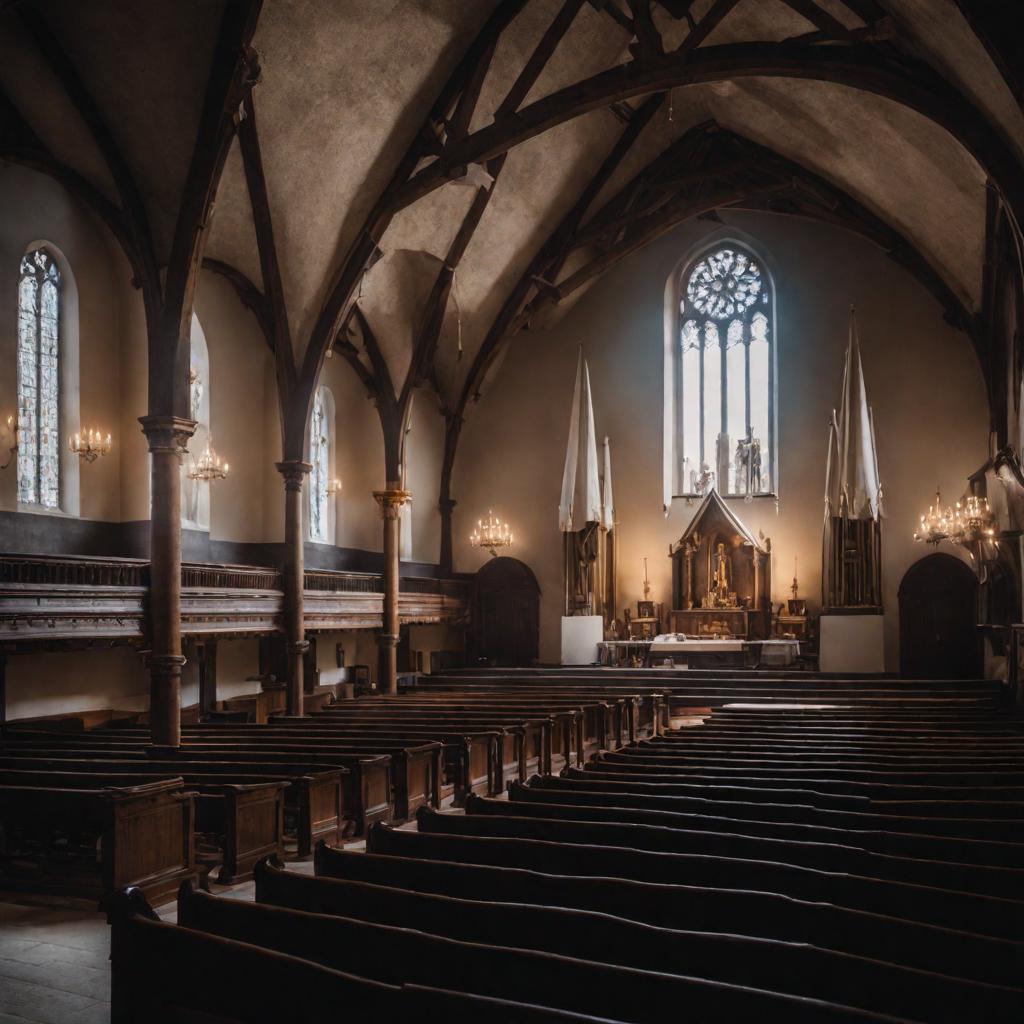Embarking on a church restoration project is not merely about refurbishing a building; it’s about preserving history, honoring tradition, and revitalizing sacred spaces for future generations to cherish. Whether you’re a community organization, a religious institution, or an individual passionate about heritage preservation, restoring a church requires careful planning, dedication, and expertise. Here are some essential tips to guide you through the process.
Assessing the Scope of Restoration
Before diving into any restoration work, it’s crucial to conduct a thorough assessment of the church’s condition and identify the scope of restoration needed. This assessment may involve evaluating structural integrity, identifying areas of deterioration, and assessing historical significance. Consider hiring professionals such as architects, engineers, and historic preservation experts to assist with this process and provide valuable insights.
Preserving Architectural Features
One of the primary goals of church restoration is to preserve the architectural features that contribute to its historical and cultural significance. Whether it’s intricate stained glass windows, ornate woodwork, or decorative plasterwork, these elements are often the soul of a church and should be carefully documented and protected throughout the restoration process. Work closely with skilled craftsmen and conservators who specialize in historic preservation to ensure that these features are restored to their original beauty.
Maintaining Historical Authenticity
While modern amenities and conveniences may be necessary for the church’s functionality, it’s essential to maintain historical authenticity during the restoration process. Strive to use materials and techniques that align with the building’s original construction methods and architectural style. This may involve sourcing reclaimed materials, replicating historical finishes, and adhering to preservation guidelines set forth by local historic preservation boards or regulatory agencies.
Engaging the Community
Church restoration projects often hold significant cultural and emotional value for the surrounding community. Engage with local residents, historical societies, and religious congregations to garner support and gather input throughout the restoration process. Hosting community events, fundraisers, and volunteer workdays can not only raise awareness but also foster a sense of ownership and pride in the project.
Ensuring Long-Term Sustainability
As you restore the church to its former glory, it’s essential to prioritize long-term sustainability and maintenance. Invest in high-quality materials, implement energy-efficient solutions, and develop a comprehensive maintenance plan to ensure the building’s continued preservation for years to come. Consider establishing a dedicated maintenance fund or seeking grants and funding opportunities to support ongoing upkeep efforts.
In conclusion, church restoration is a labor of love that requires careful planning, dedication, and collaboration. By assessing the scope of restoration, preserving architectural features, maintaining historical authenticity, engaging the community, and ensuring long-term sustainability, you can embark on a journey to revive heritage and breathe new life into sacred spaces for generations to come.

